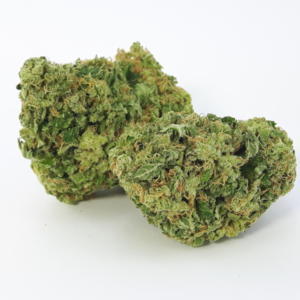Herbal Dispatch Reviews

Marijuana has been used for many years as a medical treatment. We've learned more about so-called medicinal marijuana due to the recent U.S. Supreme Court ruling that effectively found that state laws requiring medicinal marijuana would adhere to federal law banning marijuana. This is quite a shift from the previous century, when marijuana was listed by the U.S. Pharmacopeia (the organization that sets the quality standards for approved drugs in the U.S.) until the 1940s, just a few years before Robert Mitchum was bustled. By that time, there was some resistance to the increasing use of marijuana for recreational purposes.Marijuana refers to the Cannabis sativa plant's dried flower, leaves, stems and seeds. Not only do these plant components contain the compounds that are responsible for the mind-altering effects that recreational users are looking for, but they also contain components that are pain-relieving. Do you want to learn more? Visit herbal dispatch reviews.
These chemical components are known as cannabinoids. In addition to modulating some tumor growth, these cannabinoids have many distinct pharmacological properties, including pain relief, anti-oxidant, anti-nausea, and anti-inflammatory.Some of these cannabinoids are attached to receptors in the brain when smoked or taken by mouth. Most of these receptors are concentrated in the brain areas that control body movement, memory, and nausea / vomiting. The cannabinoids can make a person very hungry as well.While marijuana may be ingested orally, compared to inhalation, this delivery route has significantly different pharmacokinetics.

Moreover, the onset of action is delayed, the dose titration becomes more difficult, and the time the drug remains is much longer for the body. Interestingly, cannabinoids can also be incorporated into a topical treatment that is absorbed through the skin— this was used in the early 20th century for arthritis, but it was the least efficient delivery method.Those suffering pain used marijuana rather extensively in the 1800s, and several studies have shown the analgesic effects of cannabinoids. One study showed that one of the cannabinoids, THC, seems to work in the treatment of pain in patients with cancer as well as codeine. Furthermore, cannabinoids appear to increase the effects of opiate pain medications so that pain relief can be provided at lower dosages.Pharmaceutical companies are currently conducting research to use what we have learned from cannabinoids to produce better regulation of pain.